Instead of a passcode or fingerprint, the iPhone’s Face ID security feature uses the device’s front-facing camera to provide access to your phone and Apple Pay, freeing up your thumb. Sometimes Face ID not working issues come up when you try to unlock your iPhone.
When Face ID won’t work all of a sudden then the issue may lie with the Face ID software or Camera. When debugging the problem, there are a few things you need to examine, but a few potential causes are as follows:
- The camera is obstructed or unclean.
- You can’t see my face.
- iOS is no longer supported on your device.
- Face ID also has a problem.
In order to keep your smartphone more secure, Apple also provides a number of options that disable Face ID. The following circumstances will force your phone to request your passcode rather, but none of them indicate that the functionality is malfunctioning.
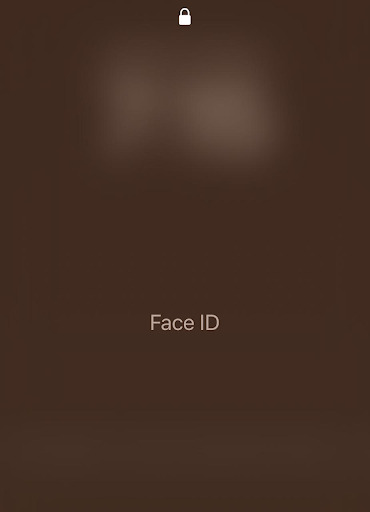
Common Errors that occur in Face ID
While trying to use your face ID you may face the following problems.
- The screen won’t unlock with Face ID.
- iPhone Face ID Setup Not Functioning.
- iPhone Face ID Not Functioning Error.
- iPhone If I Have Contacts, I Cannot Unlock.
How to Fix Face ID Not Working Issue on iPhone?
1. Update iOS to Latest Version
Face ID functions with the software so make sure you have the latest version of iOS which supports Face ID. To check if an updated version of the operating system is available, navigate to Settings > General > Software Update. Once it has been downloaded and installed, lock your device again after unlocking it with your passcode to test Face ID.
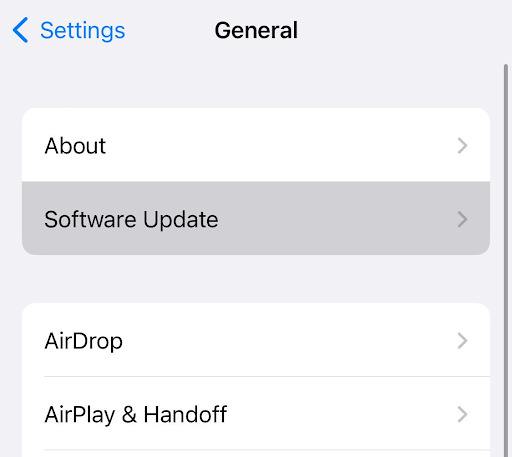
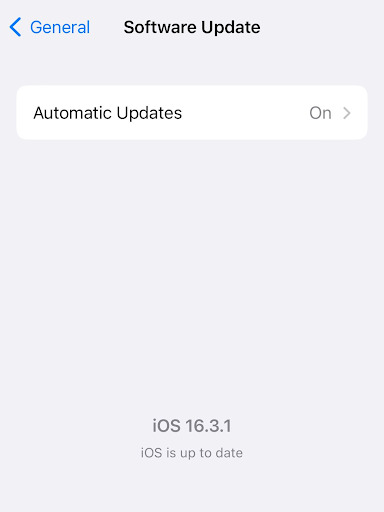
2. Check for Face ID Settings
Go to Settings > Face ID & Passcode to view your Face ID settings. Check to see if Face ID is configured and that the features you want to utilize Face ID with are active. Make sure you have set on the face ID to make it work.
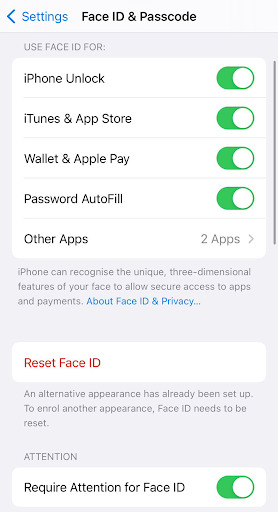
3. Check that nothing is covering the TrueDepth Camera
Remove any objects that may be blocking the TrueDepth camera, such as cases, screen protectors, or smudges. Make sure that there is no obstacle in between the TrueDepth Camera of an iPhone as Face ID recognizes face through the camera.
4. Make Sure Nothing is Blocking your Face
Ensure that the TrueDepth camera can see your entire mouth, nose, and eyes. By default, if something is covering your mouth or nose, Face ID won’t function. Be sure that your eyes are not blocked if you have a Face ID configured with a mask while wearing one. If you have a face mask on, you might need to hold your iPhone higher.
Your iPhone could not unlock if you wear a face mask that is too high or too close to your eyes. Many glasses are compatible with Face ID, but Face ID with a mask isn’t made to function with glasses. Your glasses may be obstructing the infrared light needed by your body if they are made to prevent particular types of light. Try using your face ID without any distractions on your face.
5. Make Sure to Hold the iPhone in the Correct Position (Move iPhone Lower)
On all iPhone 13 and iPhone 14 models running iOS 16, Face ID functions both in portrait and landscape (horizontal) orientation. Face ID on the iPhone only functions on prior versions when the phone is in portrait (vertical) mode and the user is facing the TrueDepth camera. Make sure your iPhone or iPad is an arm’s length or less (10–20 inches) from your face, whether it is resting on a surface or you are holding it naturally.
6. Reset Face ID
The most extreme action you can do is to reset your Face ID and start the setup process from scratch. Tap Face ID & Passcodes in the Settings app, and then choose Reset Face ID. After going through the initial setup once more, you can check to see if your phone unlocks without a hitch.
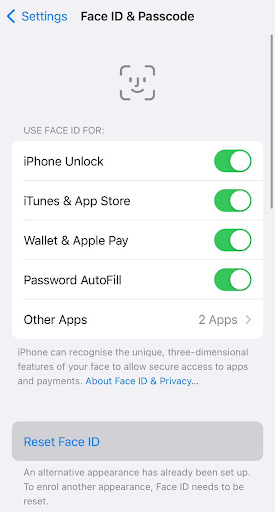
7. Add an Alternate Appearance
For the majority of users, Face ID will adapt as they change over time. You can configure a different appearance if your appearance can change occasionally, Face ID can recognize you despite minor changes in appearance, like if you gain or lose facial hair or start wearing glasses, but it won’t go along with more drastic differences.
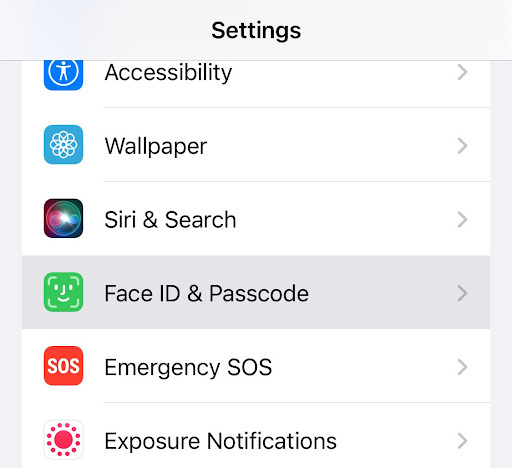
8. Abandon Require Attention
Face ID has a setting that makes it impossible for it to function unless you are gazing directly into the camera. The camera may not be detecting your eyes if your iPhone won’t unlock. Open Face ID & Passcode, scroll down, and toggle off/white the option next to Need Attention for Face ID to disable this feature.
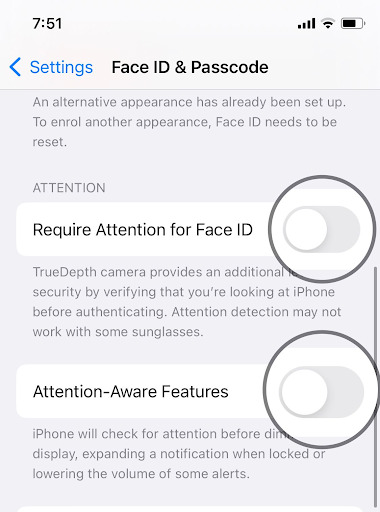
9. Restart your iPhone
Restarting your device usually fixes minor bugs and errors on your phone, thus you can restart your phone to refresh it and free it from any glitches.
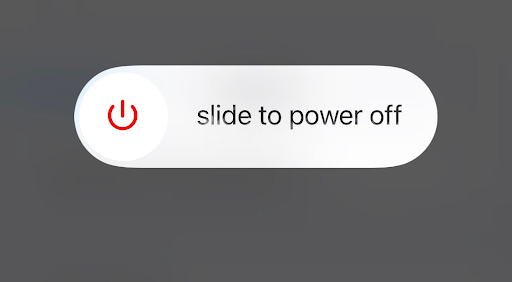
10. Contact Apple Support
If all else fails, it’s possible that your iPhone has hardware or software issues that need more thorough treatment. To submit a service request and identify your specific issue, go to apple support.

![Intuit QuickBooks Payroll Review [year]: Features, Prices & How it Works](https://www.softlay.com/wp-content/uploads/Intuit-QuickBooks-Payroll-Review-Features-Prices-How-it-Works-1-300x212.png)





